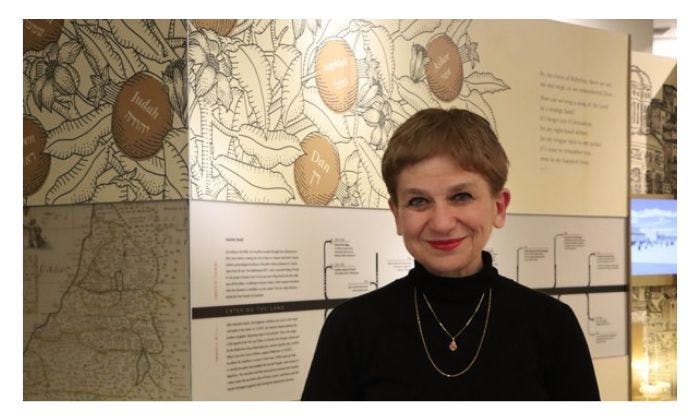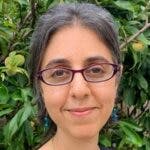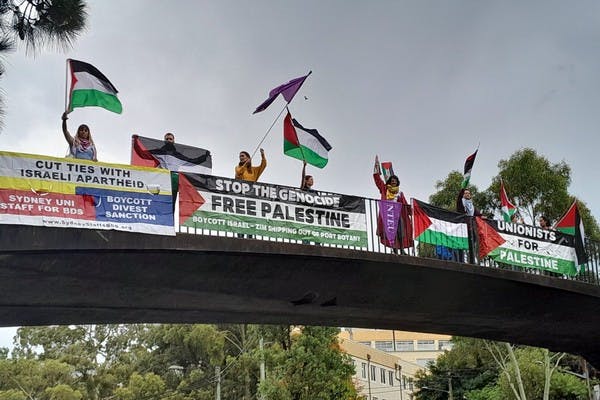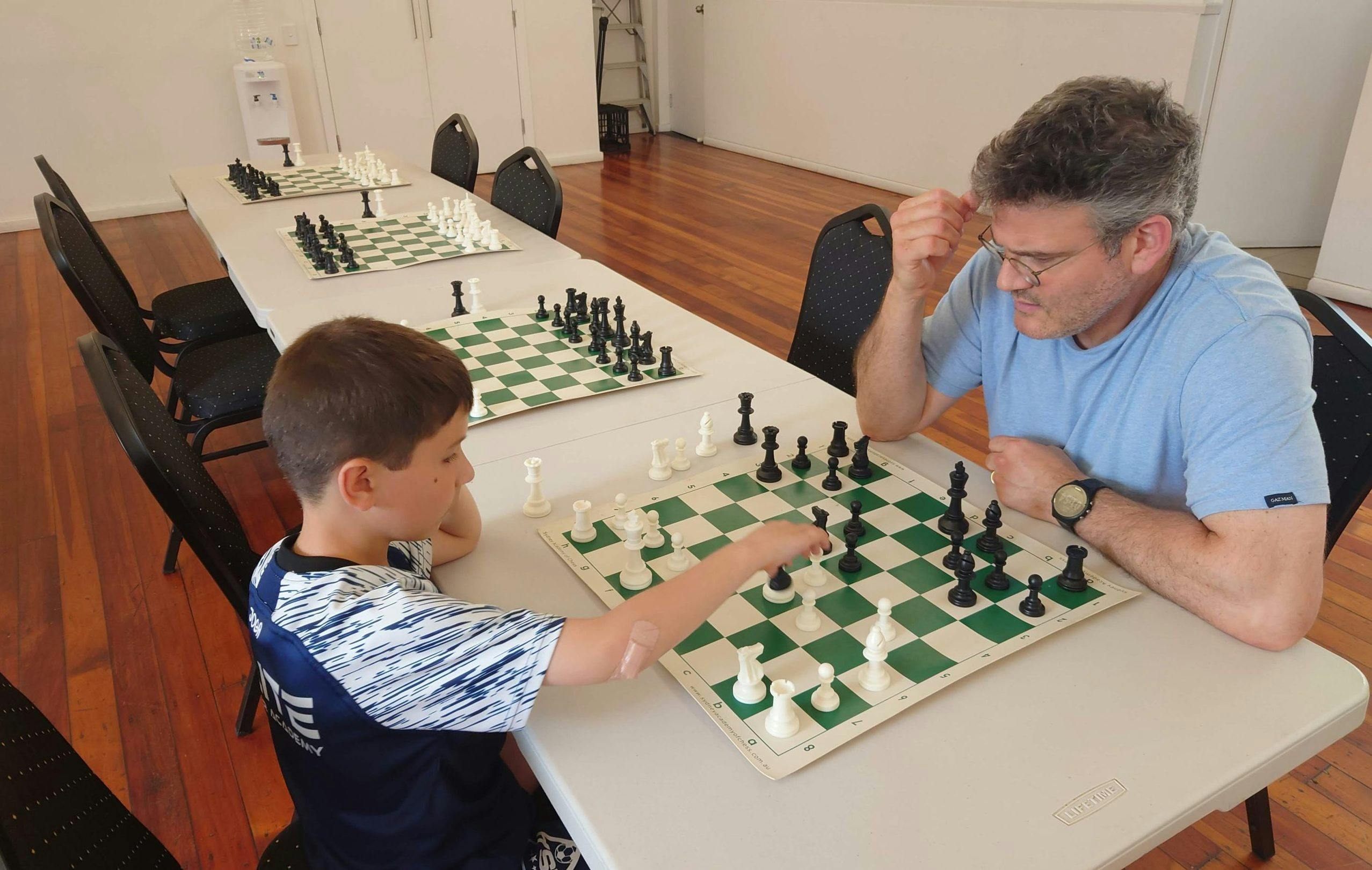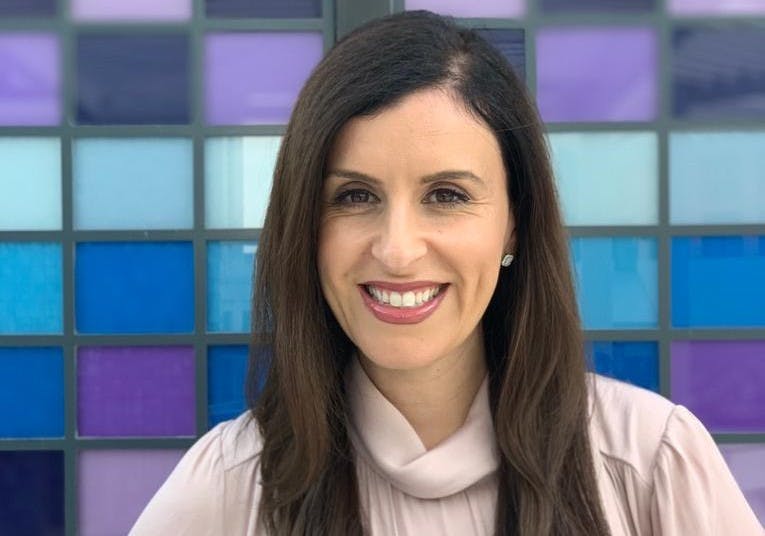Published: 8 September 2023
Last updated: 5 March 2024
The new position aims to embed Sephardi-Mizrahi content in all the museum’s activities – collections, exhibitions, education, events and publications.
The Sydney Jewish Museum (SJM) has appointed its first Sephardi and Mizrahi Community Liaison, Carol Langley.
The new position, created in collaboration with Sephardi Mizrahi Voices Australia, charges Dr Langley with ensuring that Sephardi and Mizrahi content is embedded in all museum activities – including collections, exhibitions, education, events and publications – and building a stronger relationship between the museum and Sydney’s Sephardi-Mizrahi community.
Langley, who commenced in July, will also be collaborating with Jewish day schools to include Sephardi-Mizrahi customs, traditions, history and liturgy into the curriculum.
Although the Sephardi-Mizrahi presence in Australia dates back to the First Fleet, until recently there has been little meaningful representation of their stories in the wider Jewish community. While there are no official figures, Sydney’s Dr Myer Samra estimates that Australia’s Sephardi-Mizrahi population is around 5000-6000, with members having fled or migrated from countries including Burma, Egypt, India, Indonesia, Iran, Iraq, Morocco and Singapore.
While there are no official figures, Dr Myer Samra estimates that Australia’s Sephardi-Mizrahi population is around 5000-6000.
One of Langley’s key responsibilities is to capture oral histories of those Sephardi-Mizrahi community members. Following the Sephardi Voices UK model, the Sephardi-Mizrahi oral history project will create a filmed record of the experiences of Jews from South-East Asia, the Middle East, North Africa and Iran who settled in Australia.
All interviews will be preserved in the museum archives, creating a lasting legacy for future generations. Already, Langley has interviewed Julie Lippman, who is in her late nineties and one of only a handful of Sydney community members who lived through the Farhud (the 1941 pogrom against Baghdad’s Jews).
Langley is well qualified for the role. Of Sephardi-Mizrahi heritage herself, her parents were expelled from Egypt in 1956 following the Suez Crisis. Langley was born en route to Australia and grew up in Sydney. After a career in the IT field, she returned to university and completed a PhD, through which she became an experienced interviewer.
While researching her book on Sydney drag culture, Beneath the Sequined Surface: An Insight into Sydney Drag, which was published in 2006, Langley interviewed dozens of Sydney drag queens. In 2018, she volunteered for SJM’s Jews from Islamic Lands exhibition, conducting 30 interviews and writing the closing article for the exhibition’s catalogue.
Like all museums, the SJM’s collection informs all its activities and events. Yet most of the Sephardi and Mizrahi items in the collection have been purchased by the museum, or are on loan. Having herself loaned a treasured coffee set and musical instruments to the museum for the Jews from Islamic Lands exhibition, Langley understands how wrenching it can be to part with items connected to personal history or departed loved ones.
But the telling of Sephardi-Mizrahi stories at the museum requires a strong Sephardi-Mizrahi collection.
As such, one of Langley’s tasks is to build up the museum’s collection of Sephardi and Mizrahi artefacts by encouraging community members to consider donating items of cultural importance.
“We have purchased many items that speak to the Sephardi and Mizrahi experience,” says Shannon Biederman, SJM Senior Curator, “but they don’t have the personal and communal connections that our visitors find so meaningful.”
Langley has joined a large number of museum projects in order to include Sephardi-Mizrahi content. For example, SJM recently ran a Rosh Hashanah webinar for primary schoolers and Langley shared details about Sephardi-Mizrahi symbolic New Year foods and their associated blessings.
She will also be exploring the possibility of developing a Sephardi-Mizrahi museum tour, and of creating resources detailing items of Sephardi-Mizrahi importance for guides. SJM is compiling its 2024 events calendar and Langley is looking to include events with Sephardi-Mizrahi narratives.
She’s also meeting with local community members to canvas their ideas for greater inclusion and involvement in museum life. “We hope the role will be a catalyst for new channels of dialogue between the museum and the Sephardi and Mizrahi community,” Biederman says.
As for Langley, she hopes her role will allow the Sephardi-Mizrahi community to see itself reflected in, and to feel a sense of belonging, at the museum. This lack of feeling “seen” is perhaps reflected in the museum’s volunteer numbers: of the current cohort of approximately 270 volunteers, only a very small percentage are of Sephardi-Mizrahi heritage.
"A large majority of our visitors aren’t Jewish, and it’s so important we show how diverse the Jewish community is."
Shannon Biederman, SJM Curator
Langley also hopes Sephardi-Mizrahi community members will help develop and participate in museum exhibitions and events, and put their hand up to become regular volunteers. “One of the ways for visitors to hear more about Sephardi and Mizrahi stories is to engage with Sephardi and Mizrahi volunteers”, Langley told The Jewish Independent.
The recording and telling of Sephardi-Mizrahi stories isn’t only important for the Jewish community. “A large majority of our visitors aren’t Jewish, and it’s so important we show how diverse the [Jewish] community is,” Biederman says.
In this way, Langley’s role also paves the way for Sephardi-Mizrahi narratives to be integrated into SJM’s planned Centre of Contemporary Jewish Life, which is expected to open by 2027. The Centre, says Kevin Sumption, museum CEO, will “provide exciting opportunities to showcase the rich tapestry of traditions, customs, beliefs and practices originating from Jewish communities around the world”.
Langley’s tenure at SJM isn’t guaranteed; she’s on a one-year contract. While she is optimistic the value of her role will become clear and an extension supported, renewal of her contract is contingent on future funding. (Her one-year term is being funded by local Sephardi-Mizrahi community members.)
The museum’s enthusiasm for Langley’s appointment is palpable, with senior staff deeply committed to strengthening the Sephardi-Mizrahi voice throughout the museum. The integration of Sephardi-Mizrahi narratives “is indispensable” to the museum, Sumption says. “We want our collection to speak to the diversity of Jewish beliefs, traditions and values, to help foster cross-cultural understanding and empathy,” Biederman says.
If you would like to be interviewed for the Sephardi-Mizrahi oral history project, or wish to donate a Sephardi-Mizrahi item to the museum, email Carol Langley at clangley@sjm.com.au
